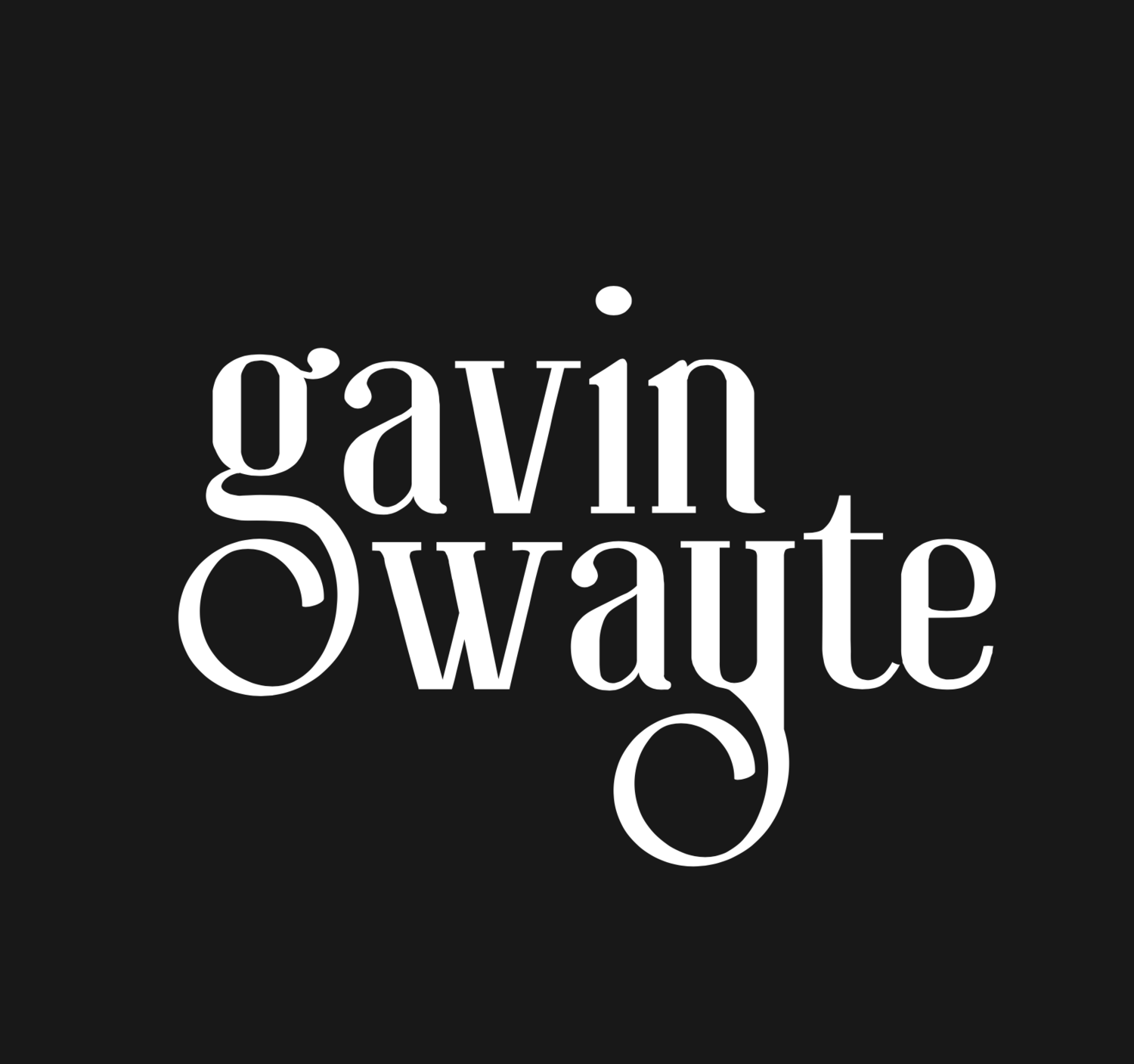Changes of Time
Aspects of Elliot Carter’s use of metric modulation has come up in my composition coaching lately, so here I’ll blog on some of the essentials as to what it is, and how and why it is used.
We can think of the technique partly as a development of the frequent use of different tempos within movements of music of the Romantic era and the dramatic use of tempo in Expressionist music, for instance, by the likes Alban Berg and Arnold Schoenberg. There are equally strong, or even stronger influences from composers from the United States in the early Twentieth Century such as Henry Cowell, and from the foregrounding of rhythm and polymetre in jazz which was very much in Carter’s awareness in his early career.
Through using the technique, the different tempos in a movement are related by ratio. The new tempo is often introduced by one of the parts in the music.
If you go to the score video above, at around 1’08’’, the piano’s triplets in b. 23 give the new tempo in b. 24, producing an organic feel to the step up in tempo.
As a second example, at around 4’18’’, the musical idea based on semiquavers begun at b. 87 in the vibraphone is continued into b. 88 where it becomes notated as triplet quavers in a new tempo. This feeling of continuity through the tempo change is then disrupted by the overlaying of semiquavers at the new tempo in the marimba, producing an entangled tapestry of sound.
Metric modulation allows precise changes of tempo which often form one of the main structuring devices in Carter's music. Despite the technical and mathematical aspect of the ratios, the technique contributes to the feeling of spontaneity and improvisation that Carter was going for in his compositions.
The technique, while not originated by Carter, was extensively developed by him and formed one of the trademarks of his compositions. It has has been assimilated by many composers of subsequent generations allowing flexible and imaginative use of this fundamental constituent of Western Classical music - Tempo.
